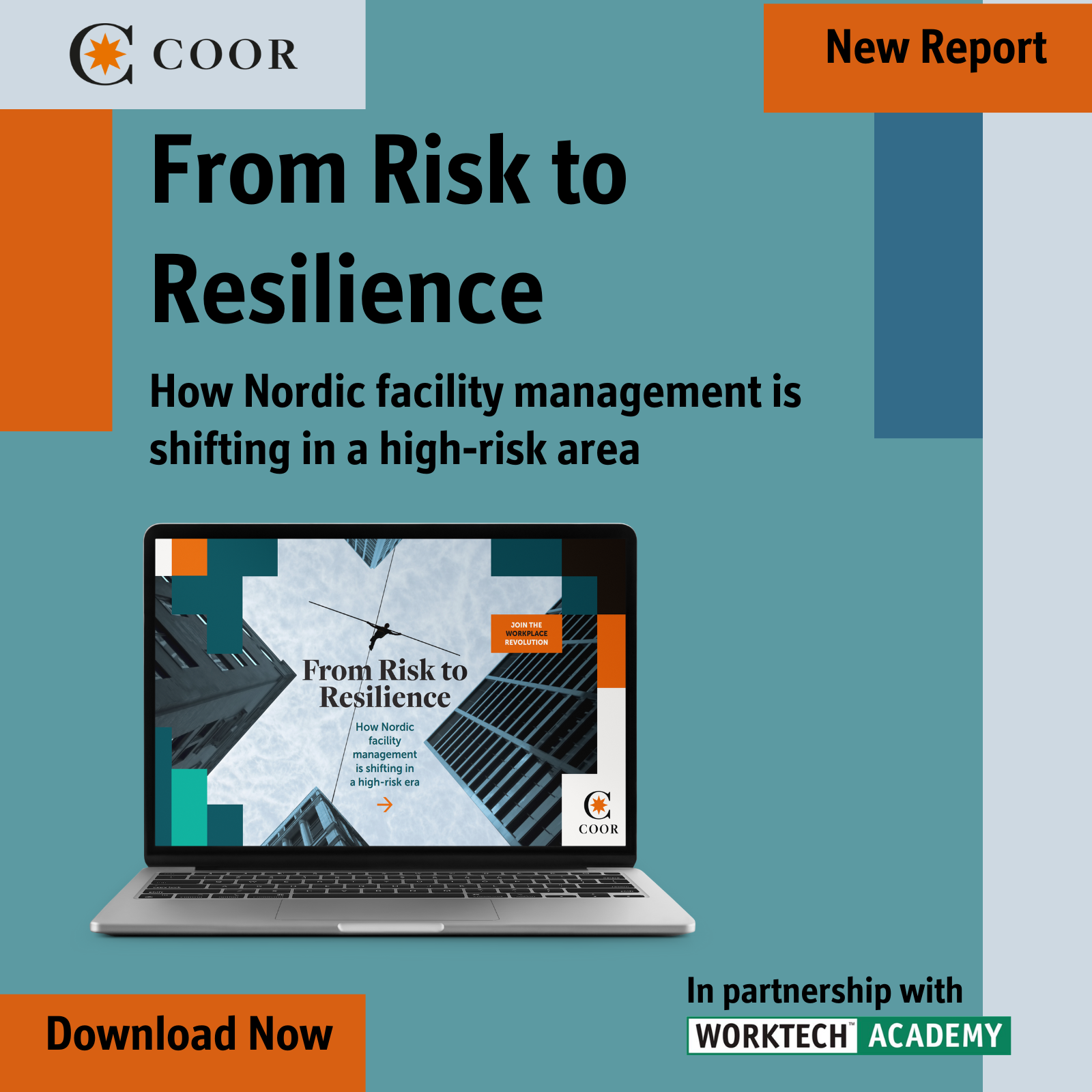Has a false narrative been created around the return to office?
Work from home has stabilised and office attendance has flatlined over the past two years, according to Nick Bloom of Stanford University, a keynote speaker at WORKTECH Melbourne
The dominant narrative in work and workplace over recent months has revolved around how the return to office has gathered irresistible momentum, spearheaded by Amazon’s mandate to bring all staff back on site five days a week.
But according to Professor Nick Bloom of Stanford University, who is widely regarded as the leading academic researcher in the hybrid era, this is an erroneous picture unsupported by the facts of the ground.
Speaking at the WORKTECH Melbourne conference on 3 April 2025, Bloom produced data from the WFH research consortium – in which he is a prominent player – showing how work from home has remained constant at around 25 per cent of the working week (1.3 days globally) for the past two years since the start of 2023.
Hogging the headlines
Bloom blamed market and media biases for the creation of a false narrative, claiming that while draconian mandates imposed by high-profile CEOs hogged the media headlines, more common policies to allow a degree of remote working in many organisations went unreported.
And just in case people questioned the data from his own consortium, Bloom backed up his position with other data sources. He told Melbourne delegates that Kastle’s swipe-card data of turnstile entry to offices in the US and Placer.ai’s tracking of smartphone location in relation to 700 office buildings both tell the same story: office attendance recovers sharply from the historic lows of the pandemic but then flatlines from the start of 2023 and remains constant.
Average office occupation levels in US cities are now hovering just north of 50 per cent, according to Kastle’s data. This is hardly the territory of irresistible RTO momentum. Bloom’s message is plain: hybrid is here to stay, particularly so in North America where work-from-home rates are highest, and in the UK which is not far behind. Asia, by contrast, has the lowest rates of remote working.
Could cultural differences be at play here? Stanford’s Nick Bloom believes this could be the case. The Canadians, British and Americans top the charts for working from home (with 1.9 days, 1.8 days and 1.6 days per week respectively) while South Koreans spend just half a day out of the office on average.
Bloom (pictured below) told The Economist that societies that were individualistic were more likely to let workers off the leash to work autonomously in a hybrid model whereas more collectivist societies took the opposite approach. Interestingly, France and Denmark scored in the middle of this spectrum, averaging around a day per week at home.

How to handle hybrid
At WORKTECH Melbourne, Nick Bloom gave some advice on how organisations should handle hybrid in the light of what the data is telling us. Tips included a step-change in office coordination, so the right team members come together onsite at the right time, and a rethink of performance reviews to focus on outputs rather than presence.
However, the biggest issue for workplace strategists was to ‘make sure the plan is sensible’. Quoting an old Roman saying – ‘a good law is an easy law to enforce’ – Bloom argued that a policy of three days per week in the office was easier to police than five days. He also claimed that relatively few large organisations had followed Amazon’s lead.
In the light of Bloom’s Melbourne presentation, can we say that the back-to-office momentum has been overplayed and make a case for a more balanced perspective?
A tell-tale sign of the struggle to bring people back to the workplace can be found in an amenities arms race currently playing out in the UK around creative office perks. The Sunday Times described a situation in which ‘firms are looking to bury work from home under an avalanche of nail bars, free food, staff nurseries and high-class gyms.’
One of the most prized office perks is apparently the golf simulator. But meanwhile Nick Bloom’s research shows that the steady state of working from home means that there is now a weekday leisure boom with the golf courses full every day of the week, not just the weekend.
Looking ten years out, Bloom believes WFH levels globally will be even higher. This is because patent applications are rising for remote work technologies that will bring rapid development.
Perhaps it’s time we stopped stressing about return-to-office rates and started getting serious about strategies that will make the workplace central to a hybrid future.








